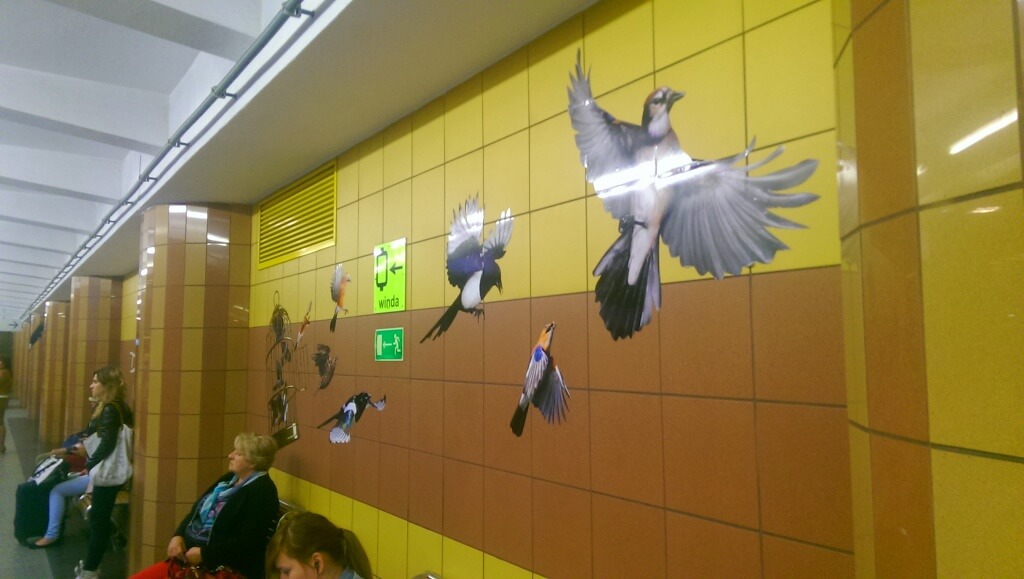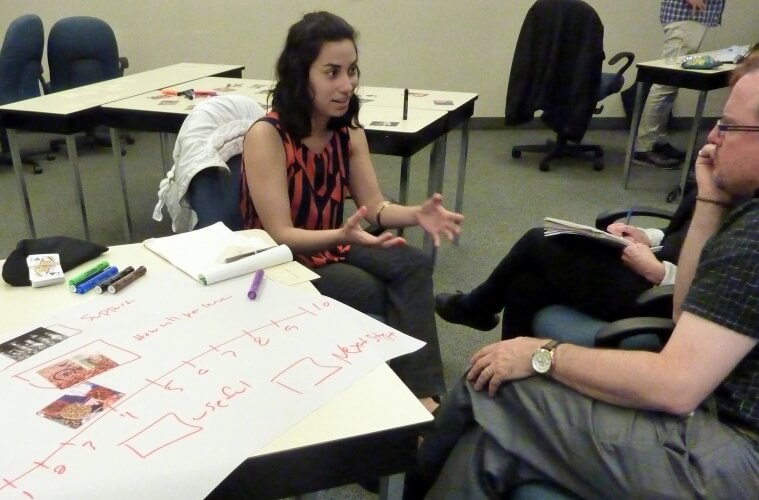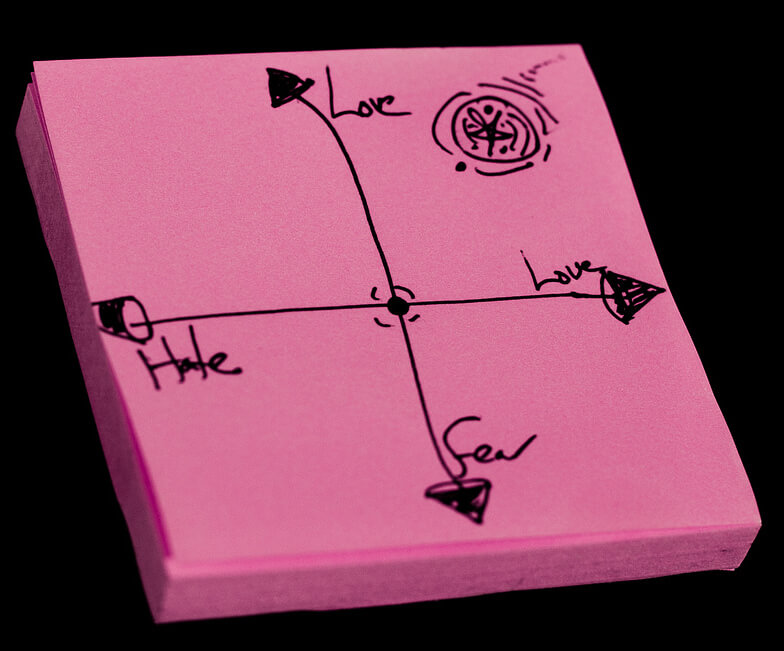Thinking before you act
It may seem to be a stunningly obvious statement but surely it makes sense to think about what you are doing before you actually go and do it. You would be surprised by how many people miss this startling truth.
You may feel the need to go somewhere quiet, perhaps with a hot beverage, and just ponder the meaning of existence. It may be the case you get out the white board and start drawing diagrams in the most furious of foreign dialects. All that may suffice is the back of a fag packet.
Whatever your modus operandi, thinking about it before you do it can’t be a bad thing? Can it?

The Goal
Having a goal is a good thing. It makes the process of thinking about how to get somewhere a bit easier if you have a rough idea of where you want to go to. It might be just a baby step or simply pie in the sky but having an endpoint means you can do clever things like work out a trajectory.
Setting your goal to something like “making a big pile of money” is all fair and well but back in real world it’s always worth aiming for something more concrete. Perhaps “getting a University degree” or “find a better job”?
The first rule of setting a goal is not to pick something too far away. It is simply too difficult to rationalise.
With your goal set on the map it is possible to look at the gap between where you are now and where you are going to. Between it are a series of hills and obstacles that you will have to overcome to get to the goal.
The Problem
It’s never just a straight line. In between the obstacles and hills there is a line of least resistance but it winds and leaps and judders on its way to its destination.
We call this line on the map the solution.
Like some renaissance cartographer it is possible to plot a Cartesian solution on the map. The critical part of the process is realising where the hills are. Which ones are really big problems that are going to need ongoing effort to cross and traverse or minor ones that you can quite easily skirt around and avoid?
Understand the detail in that process, it may be that things that you think are critical can simply be avoided or that a small issue that will halt you in your tracks. It is critical to examine the stages not just for issues but for opportunities. One man’s problem is another man’s profit.
The Linear Trajectory
What is of utmost importance to plotting a solution is comprehending that it is a linear process. The decisions taken at the start of the line may mean the solution veers off at a tangent at a later stage, thereby avoiding a mountain or pitfall. By using a more modern material in the product design you may end up being in a lighter mailing category, thereby increasing margins.
It is equally important to understand that the linear effect works in the opposite direction. It can be very easy to sort a short term problem early in the process only to leave a massive mountain to climb at the end of the project. You decided to not bother with automated testing but at the end of the project you realise it would have sped up the validation process immeasurably. Why did you not make the effort up front?
Have the vision to plot the solution to the end of the journey and see the issues that near term mistakes can make. Understand that decisions taken now may have an impact later on and that the benefit you get at this point may be a very bad exchange for the humongous amount of pain you receive at the end.

Finding the really big problem
Ultimately there is usually a massive big problem in there somewhere when you really sit down and look at it. For some projects it’s glaringly obvious from the start.
It might be a political issue within an organisation, a legal barrier or just a simple lack of resources within your organisation. Whatever the reason it exists the thing you are trying to do will not happen unless you find a way over or round it.
By thinking about the project, perhaps even discussing it in more depth with your colleagues or just even writing it down you are more likely to see the reality of the situation. You might be lucky and everyone just gets it from the start or you may be unfortunate and have a couple of problems hidden away round a bend in the road where no-one can see them until it is too late.
The sooner you find the obstacles the sooner you will have to change your course or up your speed. Get it out there to your team. Only then can you all figure out a new route to the end destination.

Starting out on the path
With your map clearly laid out and the line past the problems plotted in full you now have the opportunity to turn your map based solution in to an executable one. Only when the line is in place can you start the formal task of planning.
That involves working out the size of your backpack, how much food you are going to need and who is carrying what. I just want to make it clear to everyone in advance that I took the tent pegs last time.
Perhaps that is best left for another article.

Summary
By taking the analogy of a Cartesian solution on a map we can rationalise the problems involved and see it as a series of obstacles on a journey. There is never only one obstacle and by being open and realising the issues that will be faced in advance with the team it is far more likely that someone will be able to see a path past.
Whatever technique you use to identify your problem it is critical to understand that no project ever exists without one and the sooner you find it the sooner you can start to solution.


